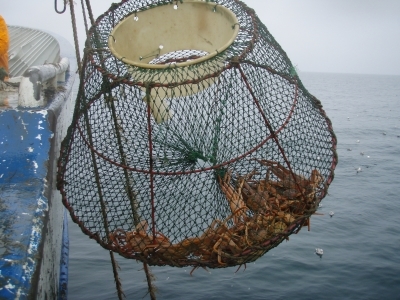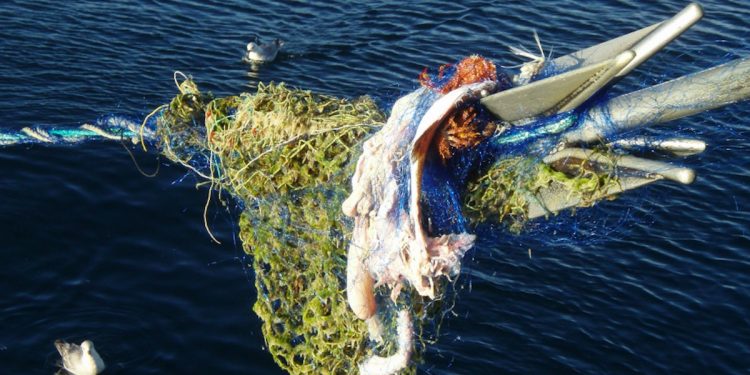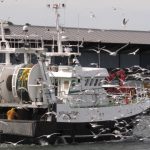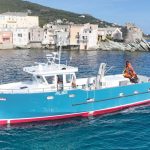Efforts to clean up lost fishing gear this year went further north than ever before. For the first time, the clean-up work carried out by the Norwegian Directorate of Fisheries extended all the way to the Svalbard zone and 77°N.
‘A total of 1200 snow crab traps and 50km of rope were removed from the seabed in the Svalbard zone,’ said project leader Gjermund Langedal.
He said that the coastal clean-up this year was similar to previous years, retrieving around 800 nets.
‘The Norwegian system registers lost gear, and the subsequent clean-up is an effective and well-functioning scheme, especially with the coastal fleet. The clean-up is very important to reduce the risk of unnecessary mortality of marine species. It is also an effective solution to reduce the longer-term risk of this becoming microplastics.’
‘All types of fishing gear pose a potential risk of further loss when hooked by fishing gear again. So the annual clean-up is very important,’ he added.

The clean-up survey has been conducted over five weeks, extending 2200km between its southernmost and northernmost points.
Over 800 nets, measuring approximately 25km, 57,000 metres of ropes, 24,000 metres of line and 800 meters of wire have been removed. A shrimp trawl, parts of a whitefish trawl, two seines and a cage were also removed. In addition, smaller components of fishing gear have been retrieved.
Much of what is retrieved is fully usable and can be used again, or it can contain valuable components that can be re-used.
‘We try as far as possible to find solutions to return the fishing gear to the owner – as long as it is wanted and it’s practical. Lost gear is delivered for recycling through the Nofir, but gear that has no further useful becomes landfill.’
Access to fishing grounds is essential for the clean-up operation, and co-operation with the industry has been good, although there are grounds that are not accessible. Areas closed to trawling have to be left, so lost fishing gear in those zones is left where it it.
‘The ever-increasing number of subsea cables in coastal and fjord areas is causing headaches. So as not to damage these cables, we have to leave a safety margin, which means that we unfortunately have to leave a large number of lost fishing gears, and this doesn’t leave you with a good feeling,’ Gjermund Langedal said.









